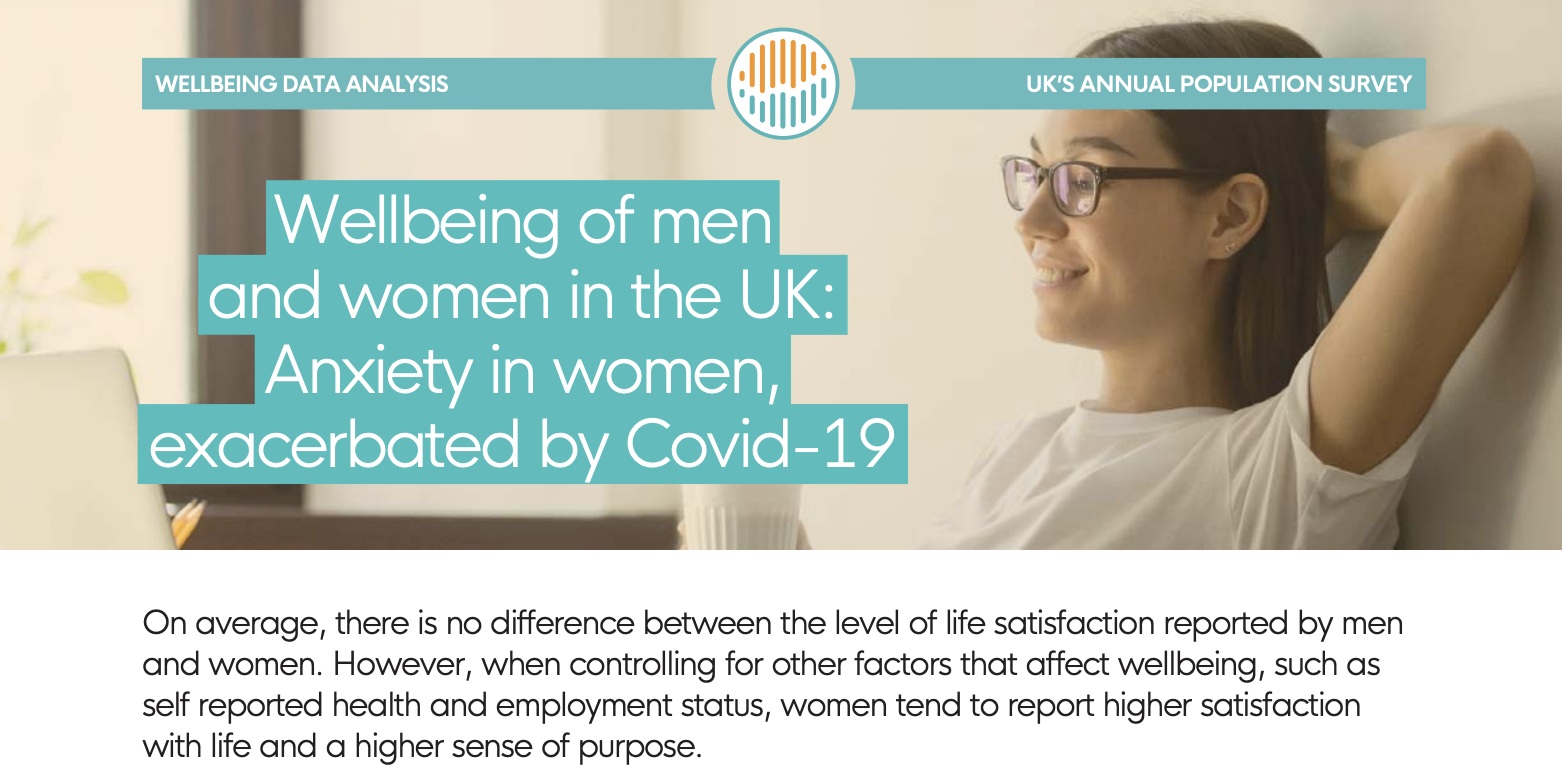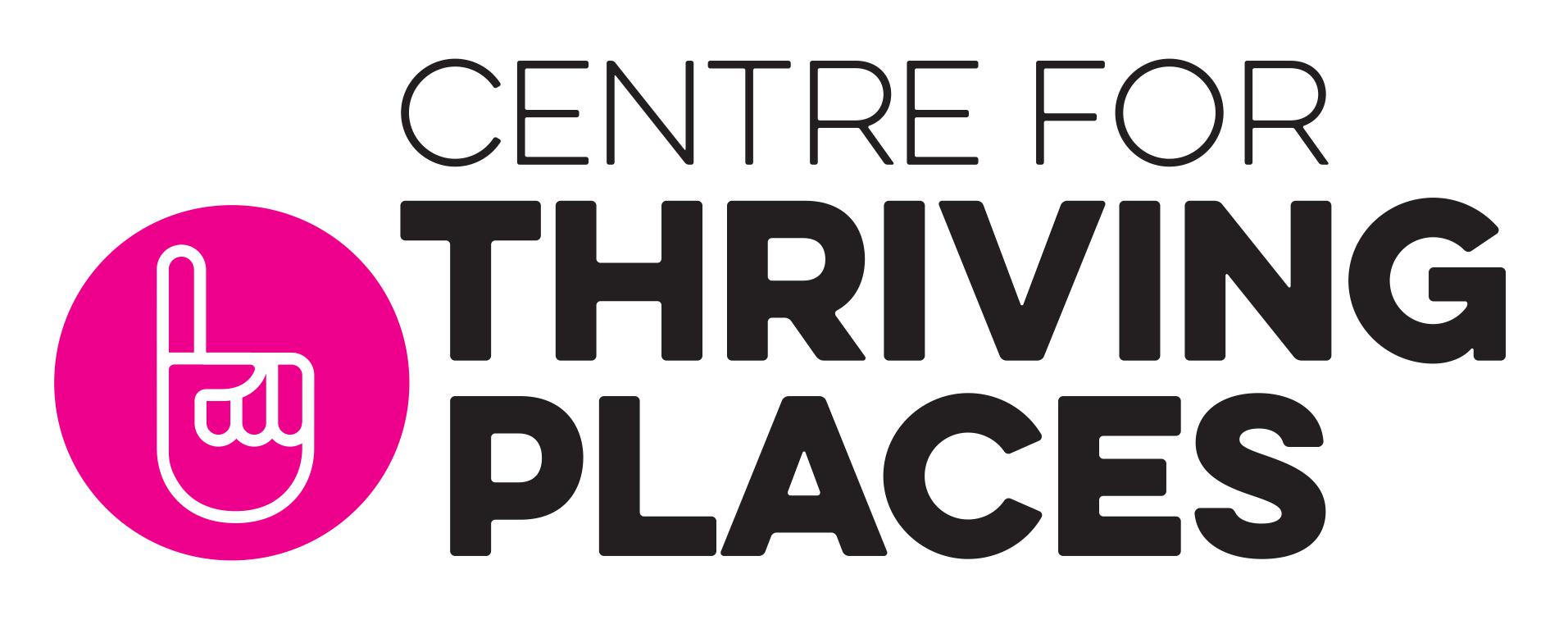Wellbeing of men and women in the UK: Anxiety in women, exacerbated by Covid-19
Downloads

Wellbeing of men and women in the UK: Anxiety in women, exacerbated by Covid-19
On average, there is no difference between the level of life satisfaction reported by men and women. However, when controlling for other factors that affect wellbeing, such as self reported health and employment status, women tend to report higher satisfaction with life and a higher sense of purpose. But women also report higher anxiety. On a scale of 0-10, where 0 is not at all anxious and 10 is completely anxious, in the Annual Population Survey data from March 2019-March 2020:
- The average level of anxiety for women was 3.3, compared with 2.8 for men.
- 25.4% of women reported high anxiety (6-10 on the scale), compared with 18.5% for men.
- This relationship holds after controlling for other factors that affect wellbeing.
This data has been collected for 10 years, and over this period wellbeing has been gradually increasing for both men and women. For men, life satisfaction has been increasing slightly faster, closing the gender gap. At the same time however, men have become less anxious, increasing the gendered gap in anxiety.
During the Covid -19 pandemic, women experienced a greater increase in anxiety compared with men. In data from April – September 2020, 27% of women in the UK report high anxiety, compared with 20% of men. However, women continued to report slightly higher levels of life satisfaction and sense of purpose when controlling for other factors.

This analysis is based on data from the UK’s ONS’ Annual Population Survey. The four subjective wellbeing questions included in the annual population survey ask people to report on a scale of 0-10
- Overall, how satisfied are you with your life nowadays?
- Overall, to what extent do you feel that the things you do in your life are worthwhile?
- Overall, how happy did you feel yesterday?
- Overall, how anxious did you feel yesterday?
The APS asks respondents to report their sex as male or female.
Downloads
![]()
[gravityform id=1 title=true description=true ajax=true tabindex=49]

